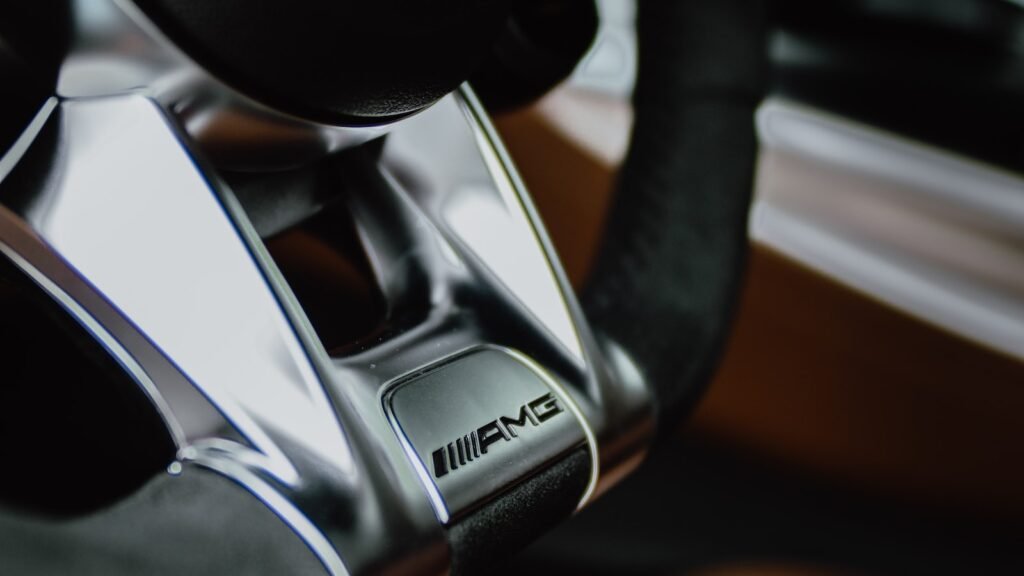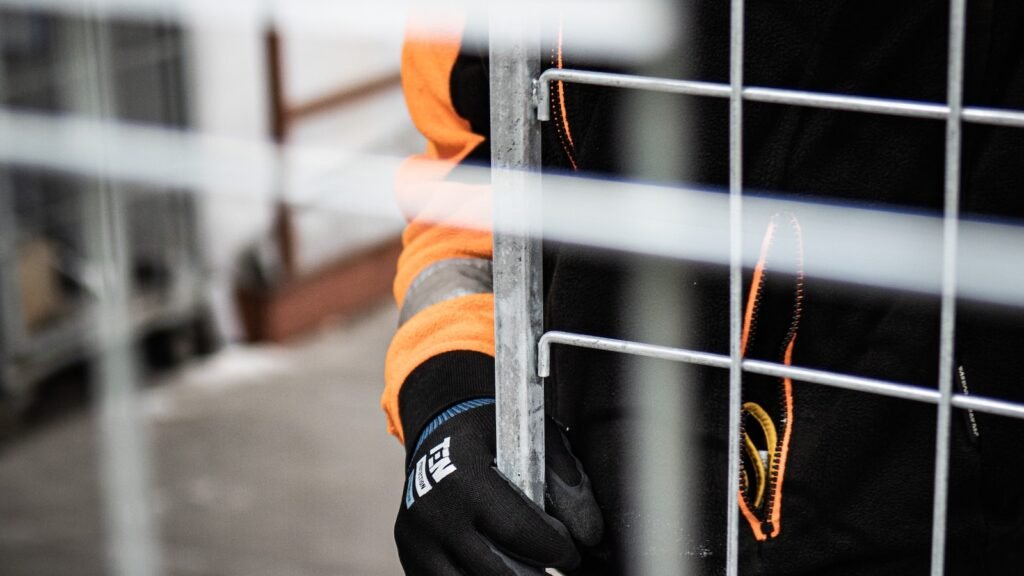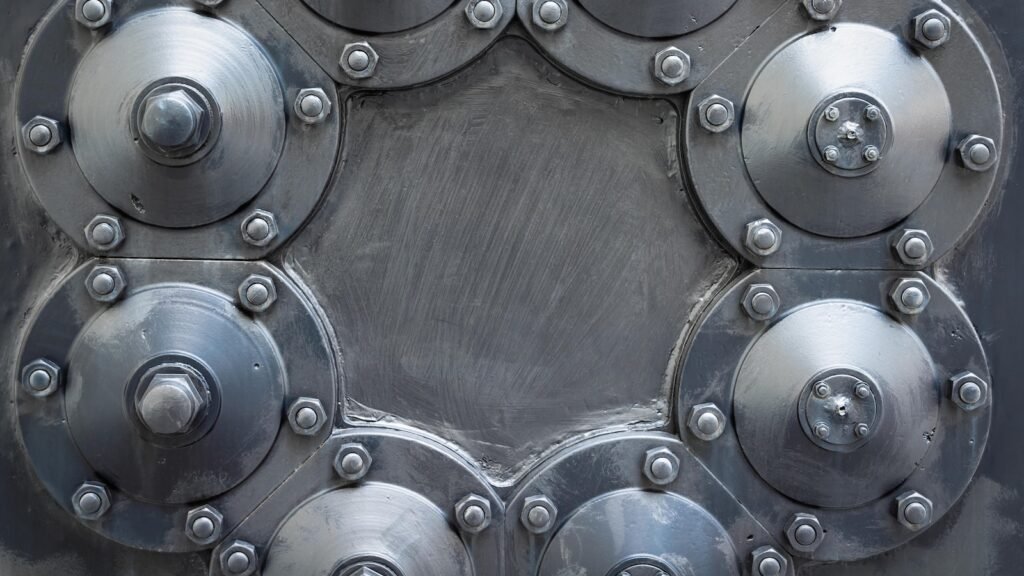Metal stamping has been a cornerstone in manufacturing for decades. But as with all industries, innovation drives evolution. Here’s a look at five groundbreaking techniques that are setting new standards in metal stamping.
Metal stamping is being transformed by techniques like microstamping, rapid prototyping, and 3D simulations, offering unparalleled precision and efficiency.
Stay with us as we delve deeper into each of these techniques and explore their impact on the industry.

Microstamping: The Future of Precision
In the realm of metal stamping, precision is paramount. As industries demand more intricate designs and finer details, traditional stamping methods often fall short. Enter microstamping—a revolutionary technique that’s changing the game.
Microstamping, as the name suggests, involves stamping at a microscopic level. This technique allows manufacturers to imprint incredibly detailed patterns and designs onto metal surfaces. Think of it as the art of miniaturization, but for metal stamping.
How Does It Work?
Microstamping employs specialized tools and dies that have been meticulously crafted to produce minute details. These tools are often made from hard materials like tungsten carbide to ensure precision. When combined with high-tech machinery, these tools can stamp out designs with features as small as a few micrometers in size.
Real-World Applications and Benefits
The applications of microstamping are vast and varied. From the electronics industry, where tiny connectors and components are essential, to the medical field, where micro-sized surgical instruments can make a world of difference, microstamping is proving its worth.
Here are some of the standout benefits of microstamping:
- Enhanced Precision: As industries move towards miniaturization, the ability to produce tiny components with high precision is invaluable.
- Cost-Efficiency: While the initial setup for microstamping can be costly, in the long run, it offers cost savings. This is because it reduces waste and requires fewer raw materials.
- Versatility: Microstamping can be used on a variety of metals, including precious metals, making it suitable for a range of industries.
- Speed: Given the right machinery, microstamping can produce high volumes of components quickly, meeting the demands of fast-paced industries.

Rapid Prototyping: From Concept to Reality in No Time
In the fast-paced world of manufacturing, time is of the essence. The quicker a concept can be turned into a tangible product, the better. This is where rapid prototyping, a groundbreaking technique in metal stamping, comes into play.
What is Rapid Prototyping?
Rapid prototyping is a process that allows manufacturers to quickly create a physical model of a part or product using computer-aided design (CAD). This model can then be tested, refined, and optimized before the final product is manufactured. In the realm of metal stamping, this means creating a prototype of a stamped component swiftly and efficiently.
The Advantages of Rapid Prototyping
- Speed and Efficiency: The primary advantage of rapid prototyping is its speed. Manufacturers can quickly iterate and refine their designs, leading to a faster product development cycle.
- Cost Savings: By identifying and rectifying design flaws early in the process, manufacturers can avoid costly mistakes down the line. This not only saves money but also reduces waste.
- Enhanced Customization: Rapid prototyping allows for easy customization. Manufacturers can tweak designs to cater to specific client needs or market demands.
- Reduced Lead Times: With the ability to quickly produce prototypes, manufacturers can reduce lead times, ensuring that products reach the market faster.
Real-World Implications
Consider the automotive industry, where the design and functionality of every component matter. With rapid prototyping, car manufacturers can swiftly test new designs for parts, ensuring they’re optimal before moving to large-scale production. This not only ensures better quality cars but also reduces the time it takes for new models to hit the market.

3D Simulations: Predicting Outcomes Before Production
In the realm of metal stamping, precision is paramount. Every bend, cut, and shape must be meticulously planned to ensure the final product meets the desired specifications. Enter 3D simulations, a game-changing technique that’s transforming the way manufacturers approach metal stamping.
Understanding 3D Simulations in Metal Stamping
3D simulations allow manufacturers to create a virtual model of the stamped component. This model can be manipulated, tested, and optimized in a digital environment before any actual production begins. It’s like having a crystal ball that predicts how the stamping process will unfold, highlighting potential issues and offering solutions in real-time.
Benefits of 3D Simulations
- Error Prediction: One of the primary advantages of 3D simulations is the ability to predict errors. By simulating the stamping process, manufacturers can identify potential issues like material wrinkles or splits before they occur in reality.
- Design Optimization: With 3D simulations, designs can be tweaked and optimized on the fly. This ensures that the final product is not only free of defects but also meets the desired aesthetic and functional requirements.
- Cost-Efficiency: By identifying and rectifying potential issues in the simulation phase, manufacturers can avoid costly production errors. This leads to significant savings in both time and money.
- Enhanced Collaboration: 3D simulations can be shared with teams across the globe, fostering collaboration and ensuring that everyone is on the same page.
Case Studies: The Power of Prediction
Consider a leading aerospace company that used 3D simulations to design a new jet engine component. By simulating the stamping process, they identified a potential material wrinkle that could have compromised the component’s integrity. Thanks to the simulation, they adjusted the design and avoided a potentially catastrophic error.
Another example comes from the automotive industry, where a manufacturer used 3D simulations to optimize the design of a car door panel. The simulation highlighted areas where the metal was prone to thinning, leading to design tweaks that ensured the final product was both durable and aesthetically pleasing.

Hybrid Techniques: Combining the Best of Both Worlds
In the ever-evolving world of metal stamping, staying ahead of the curve is crucial. While traditional methods have their merits, modern techniques bring a new dimension of precision and efficiency. But what if we could harness the strengths of both? Enter hybrid techniques, a groundbreaking approach that’s reshaping the landscape of metal stamping.
Understanding Hybrid Techniques in Metal Stamping
Hybrid techniques involve integrating traditional stamping methods with cutting-edge technologies. This could mean combining hand-operated stamping with CNC-controlled processes or integrating laser cutting with classic die stamping. The idea is to leverage the reliability of age-old methods while benefiting from the speed and precision of modern technology.
Benefits of a Hybrid Approach
- Enhanced Precision: By combining manual expertise with machine accuracy, hybrid techniques can achieve unparalleled precision in stamped components.
- Increased Efficiency: Modern methods, when combined with traditional ones, can significantly reduce production times, leading to faster turnarounds.
- Cost Savings: While investing in modern technology can be expensive, the efficiency gains and reduced waste can lead to substantial cost savings in the long run.
- Versatility: Hybrid techniques allow manufacturers to tackle a broader range of projects, from intricate designs that require a human touch to high-volume orders that benefit from automation.
- Sustainability: Modern methods often come with eco-friendly benefits, such as reduced energy consumption. When combined with traditional techniques, it’s possible to achieve a more sustainable production process.
Real-World Applications of Hybrid Techniques
Consider a jewelry manufacturer who traditionally relied on hand-operated stamping for intricate designs. By integrating laser cutting into their process, they were able to achieve finer details while speeding up production. The result? Exquisite jewelry pieces produced at a fraction of the time.
In the automotive sector, a car manufacturer combined die stamping with CNC-controlled processes to produce car panels. This hybrid approach ensured the panels were consistent in quality while allowing for design tweaks on-the-fly.

Environmentally Friendly Stamping: Green is the New Gold
In an age where sustainability is more than just a buzzword, industries worldwide are reevaluating their practices to align with eco-friendly standards. Metal stamping, a cornerstone of manufacturing, is no exception. With the spotlight on reducing environmental impact, environmentally friendly stamping has emerged as a game-changer, proving that green is indeed the new gold.
Understanding Environmentally Friendly Stamping
Environmentally friendly stamping revolves around practices that minimize waste, reduce energy consumption, and prioritize the use of sustainable materials. This could involve:
- Recycling and Reusing Materials: Instead of discarding scrap metal, it’s recycled and reintroduced into the production cycle.
- Using Biodegradable Lubricants: Traditional lubricants can be harmful to the environment. Biodegradable alternatives offer the same efficiency without the ecological harm.
- Energy-Efficient Machinery: Modern stamping machines are designed to consume less power, reducing the carbon footprint of the production process.
Benefits Beyond Just the Environment
- Cost Savings: Sustainable practices, like recycling materials, can lead to significant cost reductions in the long run.
- Enhanced Brand Image: Companies that adopt green practices are often viewed more favorably by consumers, leading to increased trust and loyalty.
- Regulatory Compliance: Many regions are implementing stricter environmental regulations. Adopting green stamping practices ensures compliance, avoiding potential fines and sanctions.
- Employee Morale: Working for a company that prioritizes sustainability can boost employee morale and attract top talent.
Real-World Impact of Green Stamping
Consider a manufacturing giant that shifted to using recycled metal for its stamping processes. Not only did this reduce their raw material costs, but it also significantly lowered their carbon emissions. Similarly, a small-scale manufacturer who switched to energy-efficient machinery found that, over time, the energy savings translated to substantial financial gains.

Conclusion
The metal stamping industry is undergoing a renaissance, driven by these innovative techniques. As they become mainstream, they promise not only enhanced precision and efficiency but also a brighter, more sustainable future for the entire sector. Embracing these changes is not just beneficial—it’s essential for those looking to stay ahead in the game.



